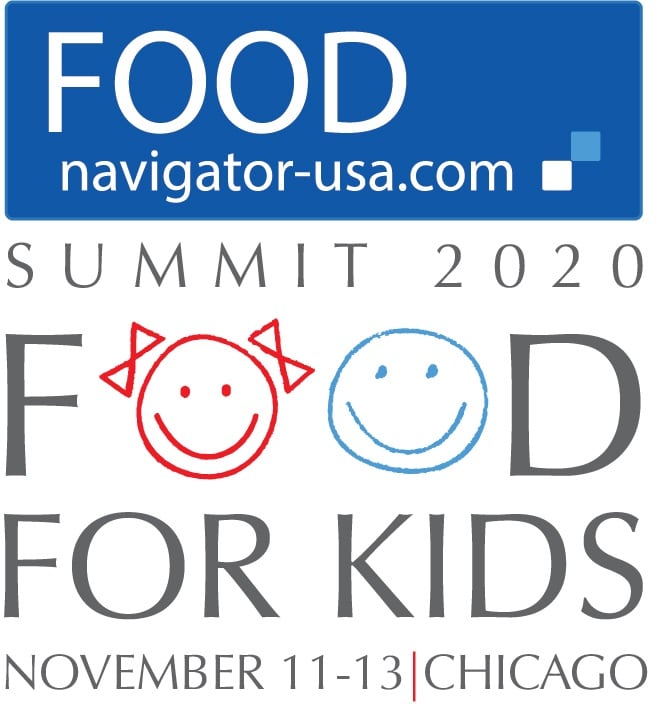The study -- published in the peer-reviewed journal, Nutrients, and funded by the Grain Foods Foundation -- was done to inform the development of the Dietary Guidelines for Americans (2020-2025) to include specific recommendations for infants and toddlers.
The study analyzed infant data from the 2001-2016 National Health and Nutrition Examination Survey (NHANES) to assess grain food relationships with nutrient and energy intakes, diet quality, and food group consumption in infant grain consumers relative to non-consumers.
"This study is the first to examine grain consumption patterns among US infants using NHANES, and clearly provides evidence for what organizations, including the American Academy of Pediatrics and the CDC, have been suggesting for decades: grains support the backbone of a healthy infant diet," said study author Yanni Papanikolaou, MPH, of Nutritional Strategies Inc.
"In addition, the study highlights the many potential long-term nutrition-related health risks of eliminating or reducing grain foods from diets during one of the most crucial stages of growth and development."
Grain consumption benefits for infants
The study found grain consumption was generally associated with higher nutrient intakes, better diet quality scores and broader food group intake.
Specifically, 6- to 12-month-old infants had significantly higher intakes of dietary fiber, calcium, folate, potassium, magnesium, zinc, phosphorus, thiamin, riboflavin, and vitamin B6 compared to non-consumers of grain-based foods. For 13- to 23-month-olds, researchers noted higher daily intake of dietary fiver, iron, zinc, magnesium, phosphorus, folate, riboflavin, niacin, thiamin, vitamin A, vitamin B6, and vitamin B12 relative to non-consumers.
Additionally, younger grain-consuming infants typically ate more greens, beans, total fruit, whole grains, refined grains, dairy foods, total protein foods, seafood and plant protein foods, and saturated fat in comparison to non-consumers of grains.Older infants consuming grains typically ate more total fruit, whole fruit, whole grains, and refined grains relative to non-consumers.
Promotes a 'whole diet' approach
Taking a broad look at the data, Papanikolaou noted that while grains can be contributors of sugar and sodium to children's' diets, certain grain foods contribute high-value nutrient density that surpasses caloric contributions in the diet. As the American Academy of Pediatrics' "whole diet approach" suggests, these foods can be made more palatable by adding small amounts of sugar, fat and sodium (for example, putting a bit of brown sugar on oatmeal), said Papanikolaou.
As Papanikolaou concludes, early acceptance and familiarity with nutrient-dense whole grain and fortified or enriched refined grain foods (as opposed to "indulgent grains") will likely help close nutrient intake recommendation gaps as children grow and develop – with particular emphasis on shortfall nutrients such as dietary fiber, folate, magnesium, calcium, and iron.
"The key takeaway of this study is that parents, caregivers, and those who provide them nutritional guidance need to know the many benefits of including, and the many risks of excluding, grains in infants' diets," added Papanikolaou.
Bring your thoughts, insights, and solutions to FoodNavigator-USA’s THIRD-annual FOOD FOR KIDS summit taking place in Chicago on Nov. 11-13, 2020. Stay in the loop on when registration opens.
Hear what industry stakeholders had to say about last year’s summit HERE.





